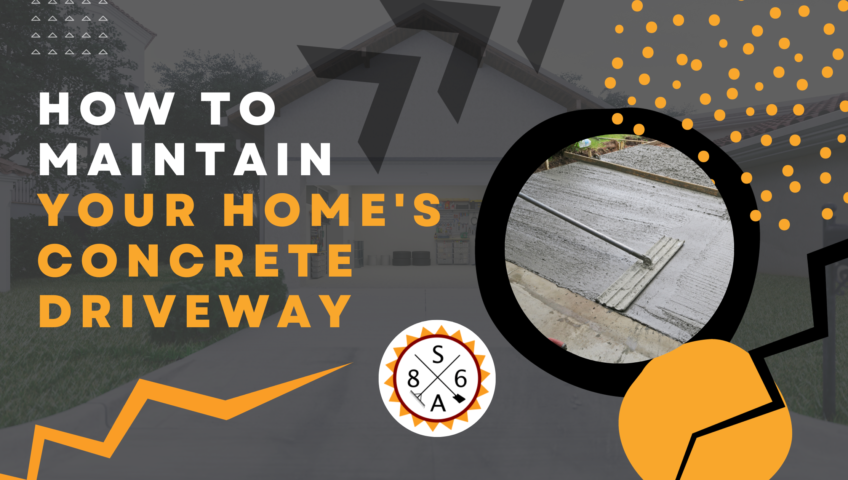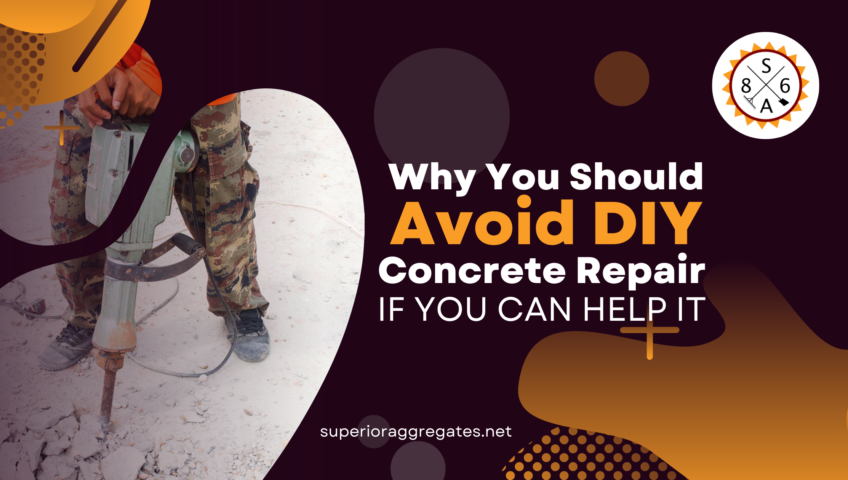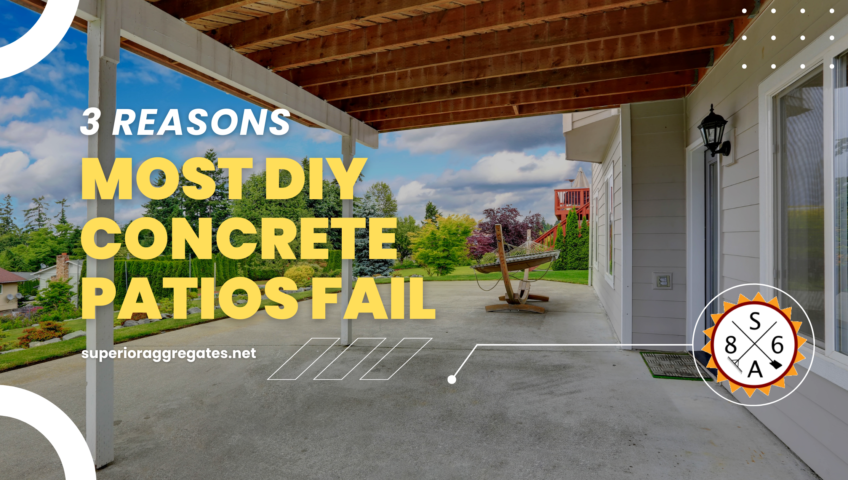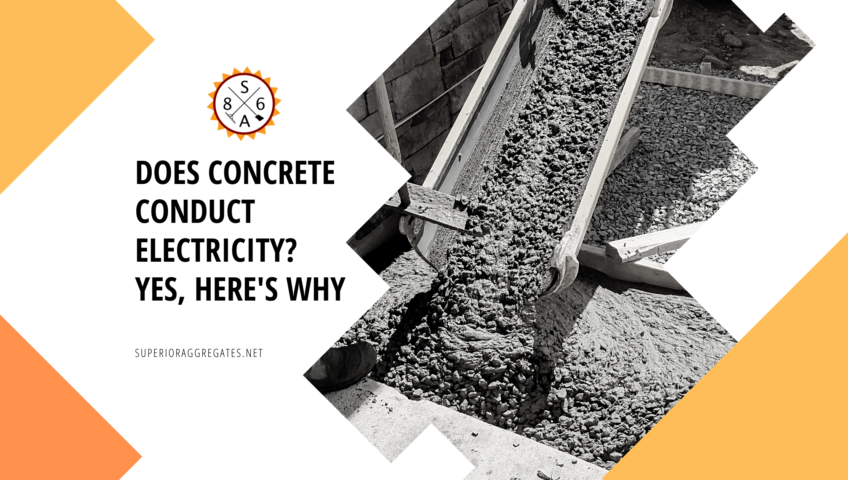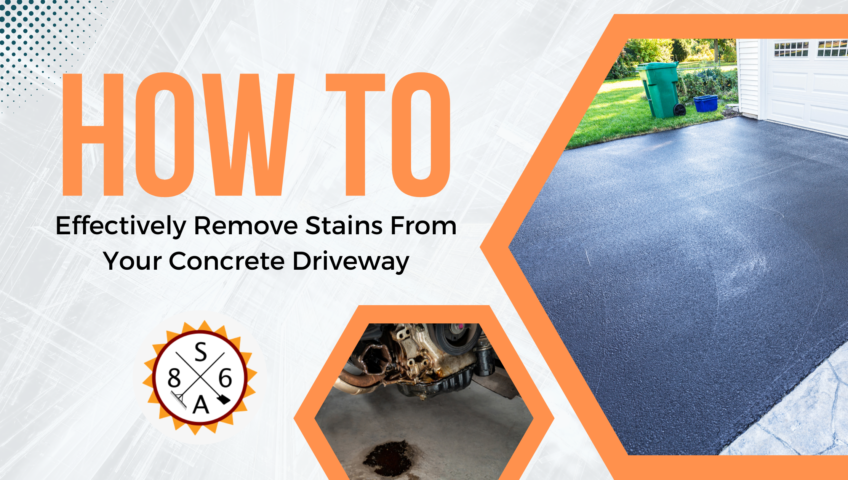
How to Effectively Remove Stains From Your Concrete Driveway
Concrete is known for its durability, but that doesn’t mean that you won’t encounter the occasional stain every once in awhile. This is especially true for heavily used concrete areas. Thankfully, all hope is not lost. You can absolutely remove stains from your concrete driveway, likely on your own. You just have to keep a few key things in mind along the way.
Prepare the Area
The number one thing you can do to help remove stains from your concrete driveway is properly prepare the area before you begin a more thorough cleaning. At a bare minimum, sweep all of that loose dirt, dust, and other debris from the area. Don’t be afraid to use a shop vacuum if you must. If there are any weeds growing, get rid of those, too.
All of this will make it significantly easier to embrace more rigorous methods moving forward.
Spot Treat If You Can
Because concrete driveways are relatively large spaces by design, it’s likely that you’re not dealing with an issue over the entirety of your driveway’s surface area. This is good, as it means you can spot treat as-needed. It’s the best way to stop a small issue today before it has a chance to become a much bigger one down the road (no pun intended).
Naturally, the methods you’ll use will vary depending on exactly what type of stain you’re talking about. If you’re dealing with grease or oil from a car, for example, begin by using sawdust to try to absorb as much as you can. If you don’t have sawdust handy, cat litter will be a decent substitute. Whatever you put down will absorb as much of the stain as possible and, given enough time, you can then sweep everything else away and see what you’re dealing with.
Rust stains are a big more intensive. Here, you’ll need to use an acid-based cleaner.
If your issue has to do with tire marks, the good news is that most degreasing solutions will be able to perform the lion’s share of the work for you.
If at First You Don’t Succeed…
Keep in mind that regardless of the type of stain you’re working with or the approach you use, everything might not go perfectly the first time. If you put down sawdust to try to get up oil and let it sit for a few hours, you may still have visible marks when you’re done.
This is okay. Simply apply more, wait awhile longer, sweep it back up, and try again. Continue to do this until you stop seeing progress.
Prevent Those Stains From Happening Again
Finally, remember that to avoid this type of situation in the future, you’ll want to apply sealer or wax to your concrete driveway. This can help prevent those stains from forming at all so that you don’t have to worry about cleaning.
Overall, one of the major reasons why concrete is so widely used in the first place has to do with its resiliency. Yes, stains can and do happen and some are a lot easier to remove than others. But whether you’re dealing with a leaky automobile or something a little more distressing, the most important thing to do is not worry. With a bit of knowledge and the right approach, you can effectively remove stains from your concrete driveway and restore it to its original appearance at the same time.
If you’d like to get additional tips about how to properly remove stains from your concrete driveway, or if you’d like to discuss your own concrete-related situation with someone in a bit more detail, please feel free to contact us today.
Concrete is known for its durability, but that doesn’t mean that you won’t encounter the occasional stain every once in awhile. This is especially true for heavily used concrete areas. Thankfully, all hope is not lost. You can absolutely remove stains from your concrete driveway, likely on your own. You just have to keep a few key things in mind along the way.
Prepare the Area
The number one thing you can do to help remove stains from your concrete driveway is properly prepare the area before you begin a more thorough cleaning. At a bare minimum, sweep all of that loose dirt, dust, and other debris from the area. Don’t be afraid to use a shop vacuum if you must. If there are any weeds growing, get rid of those, too.
All of this will make it significantly easier to embrace more rigorous methods moving forward.
Spot Treat If You Can
Because concrete driveways are relatively large spaces by design, it’s likely that you’re not dealing with an issue over the entirety of your driveway’s surface area. This is good, as it means you can spot treat as-needed. It’s the best way to stop a small issue today before it has a chance to become a much bigger one down the road (no pun intended).
Naturally, the methods you’ll use will vary depending on exactly what type of stain you’re talking about. If you’re dealing with grease or oil from a car, for example, begin by using sawdust to try to absorb as much as you can. If you don’t have sawdust handy, cat litter will be a decent substitute. Whatever you put down will absorb as much of the stain as possible and, given enough time, you can then sweep everything else away and see what you’re dealing with.
Rust stains are a big more intensive. Here, you’ll need to use an acid-based cleaner.
If your issue has to do with tire marks, the good news is that most degreasing solutions will be able to perform the lion’s share of the work for you.
If at First You Don’t Succeed…
Keep in mind that regardless of the type of stain you’re working with or the approach you use, everything might not go perfectly the first time. If you put down sawdust to try to get up oil and let it sit for a few hours, you may still have visible marks when you’re done.
This is okay. Simply apply more, wait awhile longer, sweep it back up, and try again. Continue to do this until you stop seeing progress.
Prevent Those Stains From Happening Again
Finally, remember that to avoid this type of situation in the future, you’ll want to apply sealer or wax to your concrete driveway. This can help prevent those stains from forming at all so that you don’t have to worry about cleaning.
Overall, one of the major reasons why concrete is so widely used in the first place has to do with its resiliency. Yes, stains can and do happen and some are a lot easier to remove than others. But whether you’re dealing with a leaky automobile or something a little more distressing, the most important thing to do is not worry. With a bit of knowledge and the right approach, you can effectively remove stains from your concrete driveway and restore it to its original appearance at the same time.
If you’d like to get additional tips about how to properly remove stains from your concrete driveway, or if you’d like to discuss your own concrete-related situation with someone in a bit more detail, please feel free to contact us today.

